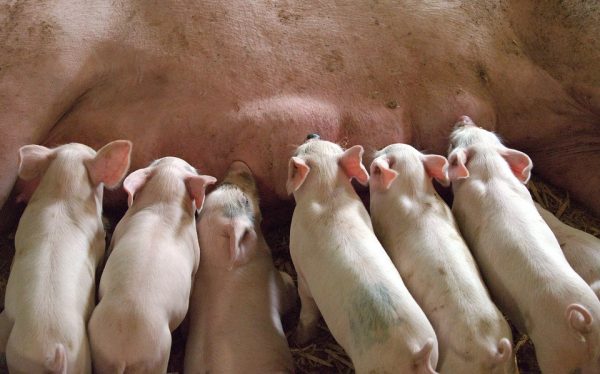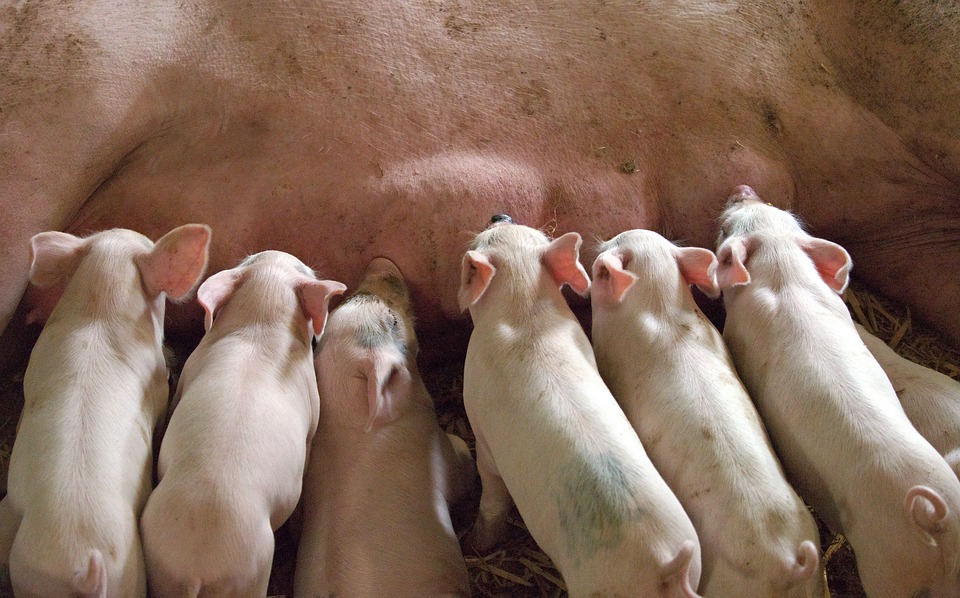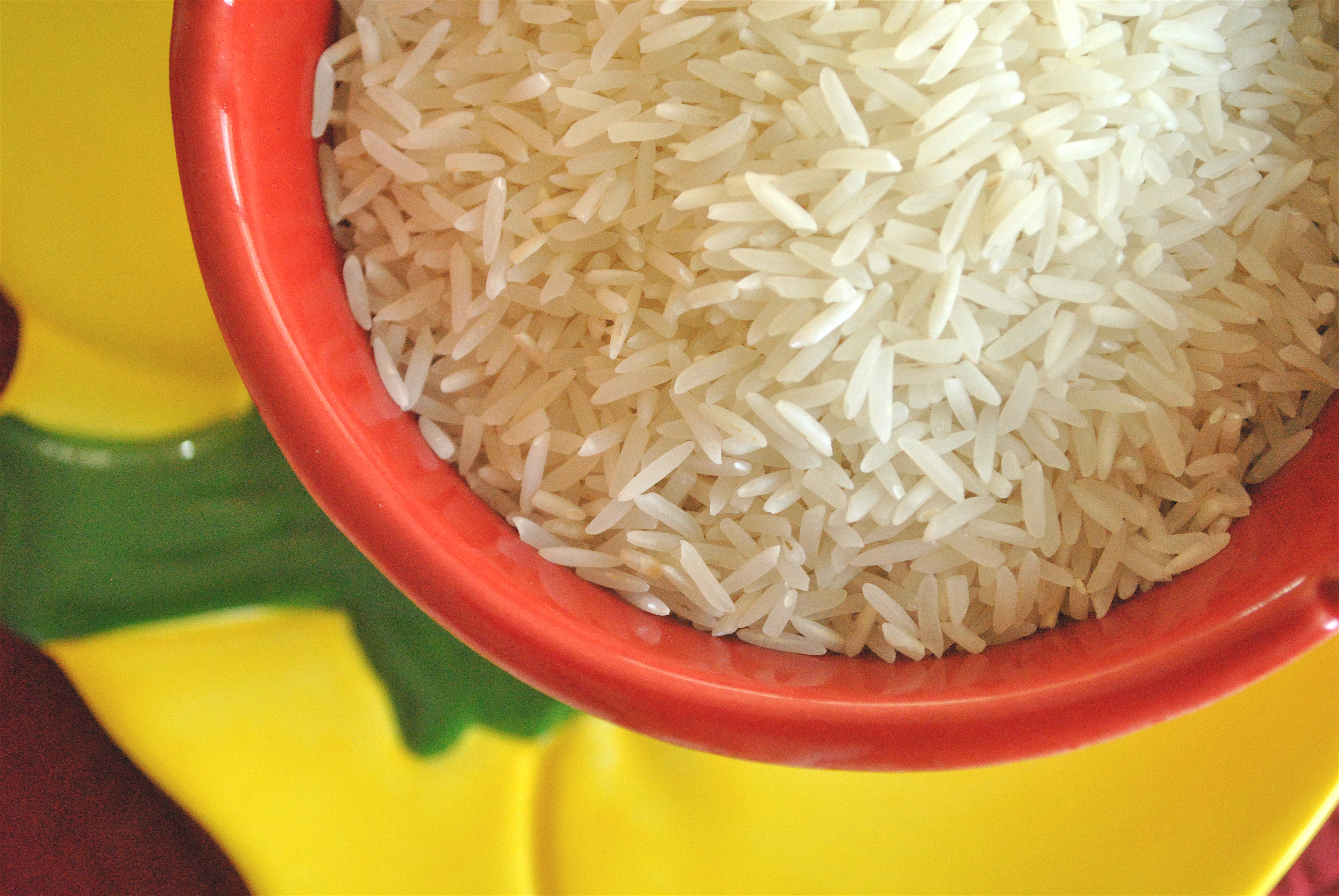How to Start a Piggery Business in the Philippines
In the Philippines, most businesses in the agricultural parts of the provinces involve raising pigs. While some families do it for a source of food, most venture further and expand by establishing facilities to run a large-scale piggery business.
Filipinos are no stranger to eating meat, pork is one of our common staples of food along with rice. Pork has its qualities in that it is affordable, tasty, and can be cooked in a variety of ways. It is in these reasons why setting up a piggery business is a viable and profitable venture that make your return of investment worth it.
Before considering starting up a piggery business, however, it is important to know what you will be needing to do to succeed in this line of work. That is why this article will provide the information you need to know when you start up a piggery of your own.

1. Know the risks
It is important to know the inherent risks in your investment in raising pigs before thinking about the profit you will rake in. Pigs are vulnerable to many types of diseases which can obtained from dirty living conditions, contaminated feed, and being close to other pigs during transportation. Most of the time they are slaughtered to save the others from being contaminated.
Another risk you should note is the typhoons that visit as every year as they wreck farms often and destroy livestock.
Lastly, keep in mind that because we eat these pigs we have standards on the quality of the livestock that is raised and as such, their feeds cost are expensive.
2. Determine your set up
A piggery business can go two ways depending on which one sounds preferable to you.
The first method is procuring the pigs when they are young, at about 12 to 20 kg in weight. You then sell them when they reach 90 kg. A starter pig costs approximately P1,600 to P2,000 and will take usually three months to feed until it can be sold.
The second method involves pig breeding, by purchasing a sow that usually costs about P12,000, which will give birth 4 to 6 months later.
The first method is more popular due to the shorter time it takes to sell the pig compared to a year of pig breeding. The important thing to note is there are less risks of loss in acquiring starter pigs instead of pig breeding, so you should keep that in mind in making decisions.
3. Submit the business requirements
Now that you know what kind of set up you will take, the next step would be legalizing your business by providing the required documents:
- Business name registration – You can register by heading to the Department of Trade and Industry (DTI) office that is near your proposed location, your business name is permitted for up to 5 years.
- Barangay clearance – You can get this the nearest office where your piggery will be located.
- Mayor’s Permit, License, and Sanitary permit – Acquired by visiting your local government. License and permit must be renewed annually.
- Tax Identification Number (TIN) – Can be obtained at your local Bureau of Internal Revenue (BIR)
- Environmental Compliance Certificate – Secure your certificate from the Department of Environment and Natural Resources (DENR)
4. Adhere to the location requirements
Because piggeries involve environmental waste, they are to follow these location requirements to consider when evaluating an area:
- The piggery must be located outside the proximity of urban areas
- The piggery must be located within minimum of a 25-meter radius away from sources of drinking water
- Medium and large-scale piggeries must be located at least 1,000 meters away from residential, industrial, institutional, and commercial areas.
- Dry lot area must meet these specifications:
- 86m – 2.79m per sow
- 74m – 1.12m per head of pig under 100 pounds
- 12m – 1.86m per head of fattening pig from 100 to 200 pounds
- 32m – 3.25m per boar
5. Provide comfortable housing and feeding schedule
The Philippines provide a bad weather climate for livestock, as typhoons ravage provincial areas. Thus, the construction of the housing is important, opt for concrete flooring to keep away bacteria but be careful to not make the flooring rough and risk wounding the foot of the pigs which can be prone to infection.
Remember to put up an isolated room for infected pigs as well to reduce contamination. To lessen the chance of flooding, locate their pens in an inclined slope. The housing should include their feeding and drinking trough which can be fashioned from old rubber tires but concrete would be a more suitable option.
Your piglets will grow in 3 to 4 months to be eligible for selling and between this time It is important to give them high quality feed. A new ration should be introduced for each growth stage for a smooth transition in the feeding behavior for the pig. Typically, a one week transition is enough.








Iam working in the pig industry for 17 years here in abroad I would like to put or franchise a business in same industry’s in the Philippines would you able tohelp me please
I might be interested in investing contact me Darrell
im very interested , how much is capital for franchising ? what does includeed to franchise
Thanks
Hi i want to start pigerry bussines i just didnt know how to start can you help me ?
please help me.give me proper guidelines. I just want to start 4 piglets.please help
Hi may i know how much to star a franshise
Hello ..i’ m intersted to venture piggery busines actually I do not have experience or knowledge on this business. But i’ m willing to attend seminars or training regarding this business. Currently i’m ofw here in Doha Qatar.. soon i will retire here. So ii am interested to do piggery business with new program on how to raise piggery..
thanks,
Can someone help me out on pig production?
I have interest in this field, anyone here to help?
Can I get a mentor on pig production over here?
The land i have is claim by rights. Does it have to be a titled for me to get all the necessary requirements?
Hello interested but Am in Canada I would like to start it too can anyone help me how to start
I’m planning to start with 2-3 pigs for now. I already have location and enough knowledge in running piggery business. I’m willing to help
please send me the guidline on how to start piggery
Hi, I would like to invest in this pig business. Can anyone guide me ?
Does piggery construction require building permit first fem
L0cal government before constructions and what type of constructions and safery regualtions requires?
If i can secure alreasy and ECC and my lot is an agriculture area far from a neighbor , and i own more than an hectare can LGU stop me from
Constructing?
I have started a land preparations and LGU
OBO official send me a warningbif stop . Saying i have to have peemits first. Is that accurate ? I am
40 kls away from a proper town licated in the uphill . Undevelop agricultural area . Already have manginfarm
Inside my lot and wanted tonuyeluzed my land bynoutting a piggwry in vacant lot . Please advise.
Whi can tounrecomend as potential
Buyers for volumes
Ex. I have 50
Heads of 90 kg . Hogs ready to Harvest? And around 30 heads of 35-45 kg. Can I get some prespective buyer list?
Greetings! We are looking for possible investors in our Piggery in Leyte.
Please do an email to me: •••••••••••••••••••••••••••••
Greetings! Kindly send me details on how to start piggery business. pls
Hello,
I am interested in the franchise, can you let me know what it entails please.
Thanks
Alex
hi im very interested abouth this bussiness. can you give me all the details, the cost and etc. please..
thank you
I am helping an unemployed driver with 4 kids. The family raised pigs in Iligan which helped them move to Manila to find better lives. They used money from the sale of their pigs. I am inclined to help them but I want to make sure they know how to get started with 2 pigs. I want them to attend seminars in tagalog . Where can they get the educational help?
Want to start a piggery business? Let me know
Hello everyone,I am aspiring business person as of now my grandma and I are raising pigs but only 2 pigs per 4 months we don’t have any financial for bigger piggery but I am confident that I have been with this industry for almost 18 years now with the help of my grandma anyone who is interested to invest just tell me I will do the physical work and you can finance as my business partner 4,000 per piglet total of 32,0000 for 8 piglets and another 80,000 for their food because it’s 10k per pig for 4 months I THINK. So a total of 112,000 but the good thing is if the pigs in 4 months is 100kg each it’s 800 kilos 800×190 per kilo in the market. It’s 152,000 in 4 months I know the money isn’t that big compared to the investments but it’s not a bad thing because we can buy piglets using that money for another 4 months and we can also raise our own inahin so we don’t have to spend another 32,000 for piglets
and that’s only if the pig will be 100kg for 4 months what more if the pigs will grow 120-150kg and the pig cost 200 pesos per kilo during Christmas season.
150kgx200=30,000
30,000×8=240,000
The great news is if we already had the inahin we can raise up to 12 piglets for 4 months
and I can process all the paper requirements and do the inventory for you.
you can also visit it so you can see the progress while the money is growing we can also buy a lot for more piglets to raise and have the proper medium type piggery like 24 piglets per 4 months and so on and so forth
if going to purchase a lot I will put in in your name I just want my share per 4 months so you don’t have anything to worry if I’m going to scam you we can be business partners but you don’t have to risk millions in your first try.